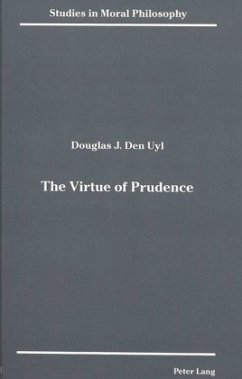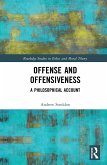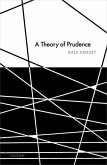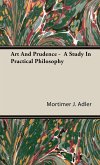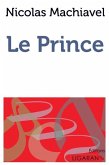How is it possible for something to be a supreme virtue at one time and later to be perceived as no virtue at all? This is the legacy left to us by the virtue of prudence. At one time, prudence was regarded as the highest of the "four cardinal virtues". Many today, in contrast, take prudence to be incompatible with morality. In this book Den Uyl examines prudence from both a topical and historical perspective. The "devolution" of the virtue of prudence is discussed by examining certain central figures in the history of ethics. In addition, the frameworks in ethical theory most conducive or detrimental to prudence being regarded as a virtue are examined as well. Den Uyl concludes his study with a theory of prudence rooted in the classical ethical tradition but suited to modern pluralistic social settings.
"Fulfilling the promise of its title, the book is a careful study of the virtue of prudence, but it is also a scrupulous study of prudence as a non-virtue. øThis! book does great service, alike for the virtue of prudence, for virtues ethics generally, and for ethical philosophy as a whole. It is a valuable contribution to our discipline. Because it provides solid orientation by skillfully contrasting the classical and modern frameworks, it is likely to be received with gratitude by students in college ethics courses, undergraduate and graduate, which use it as a text." (David L. Norton, Reason Papers)

